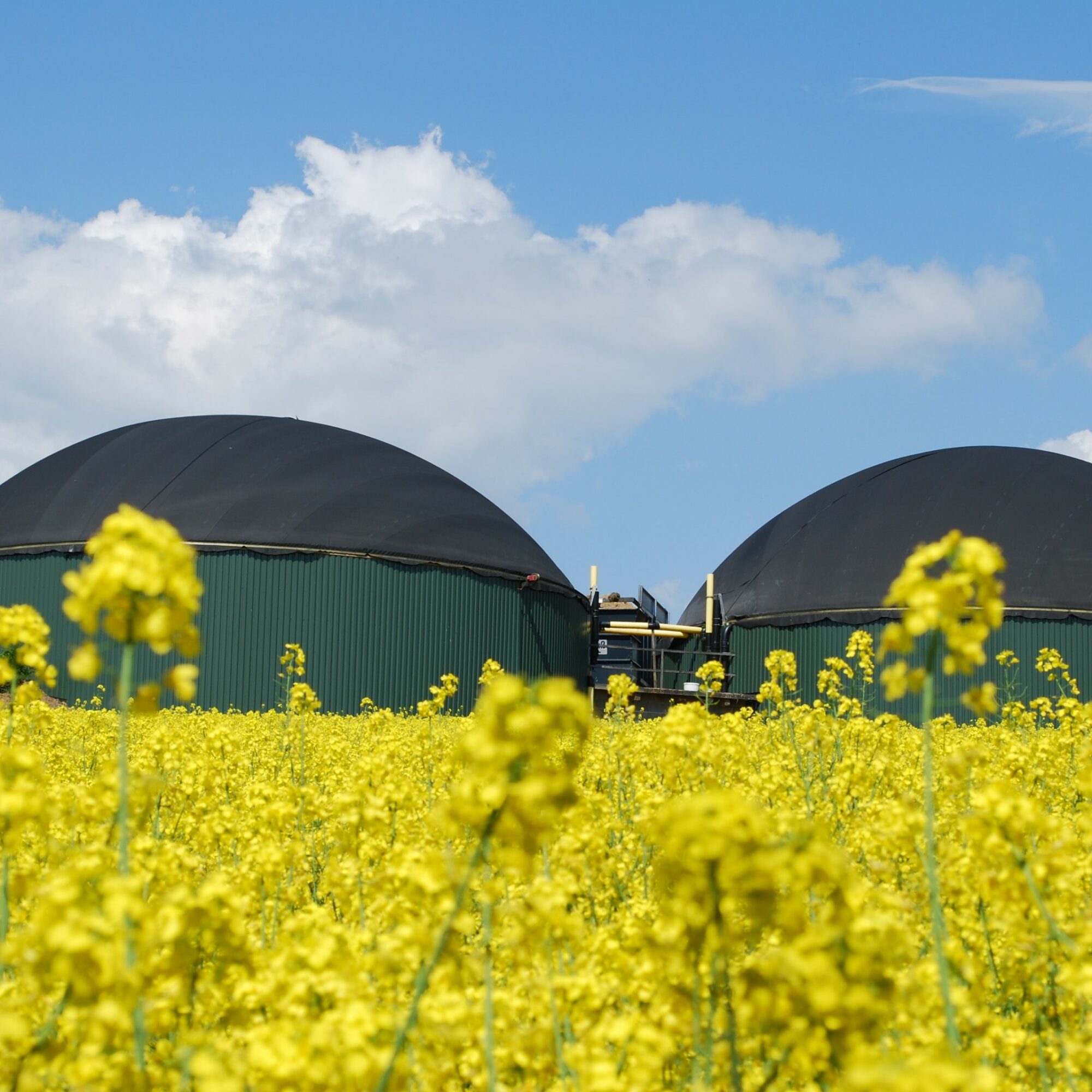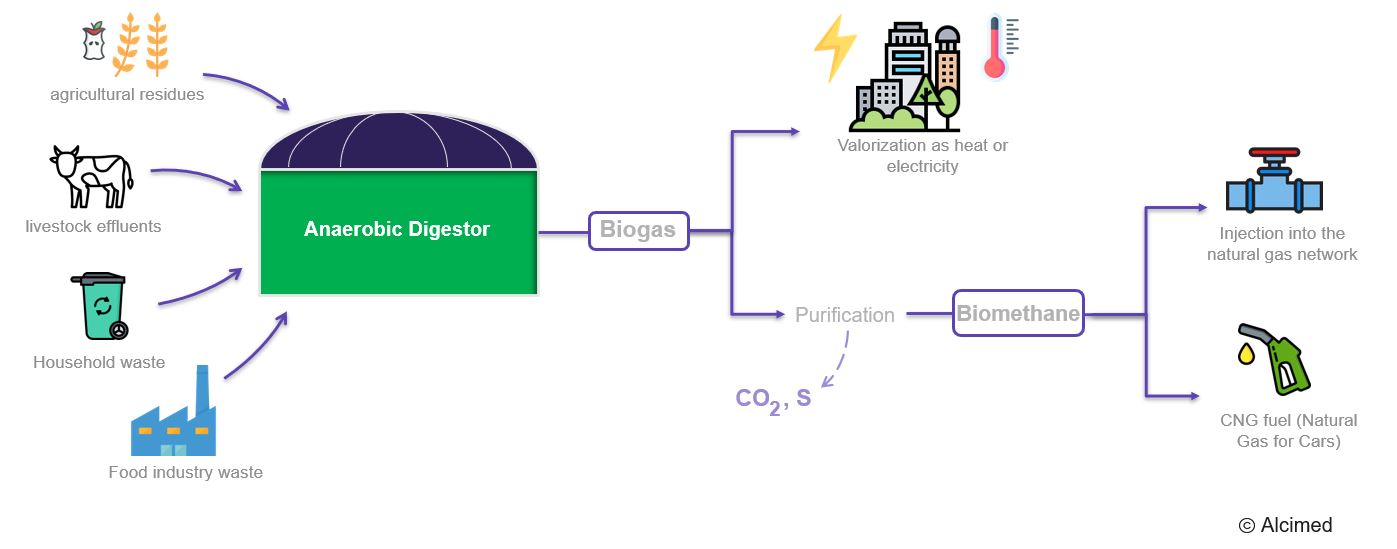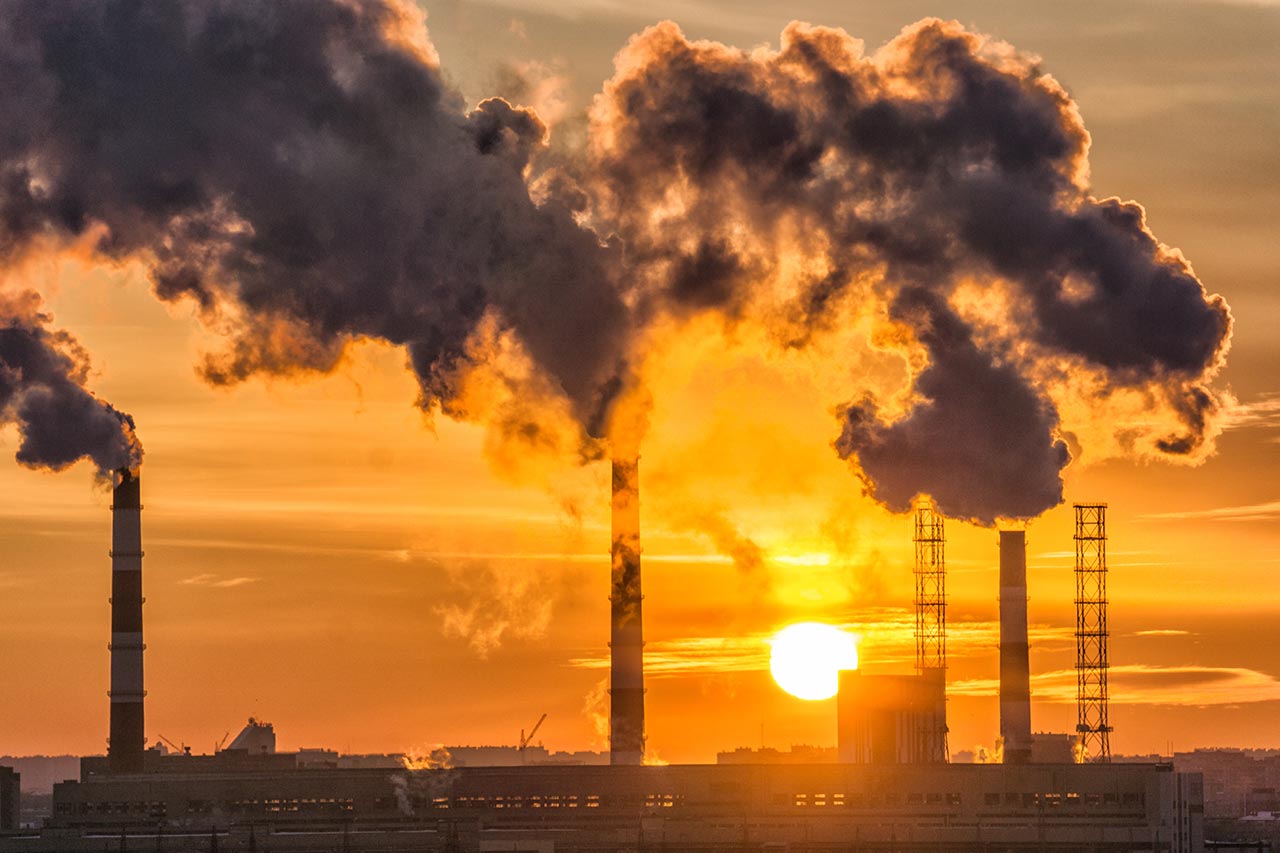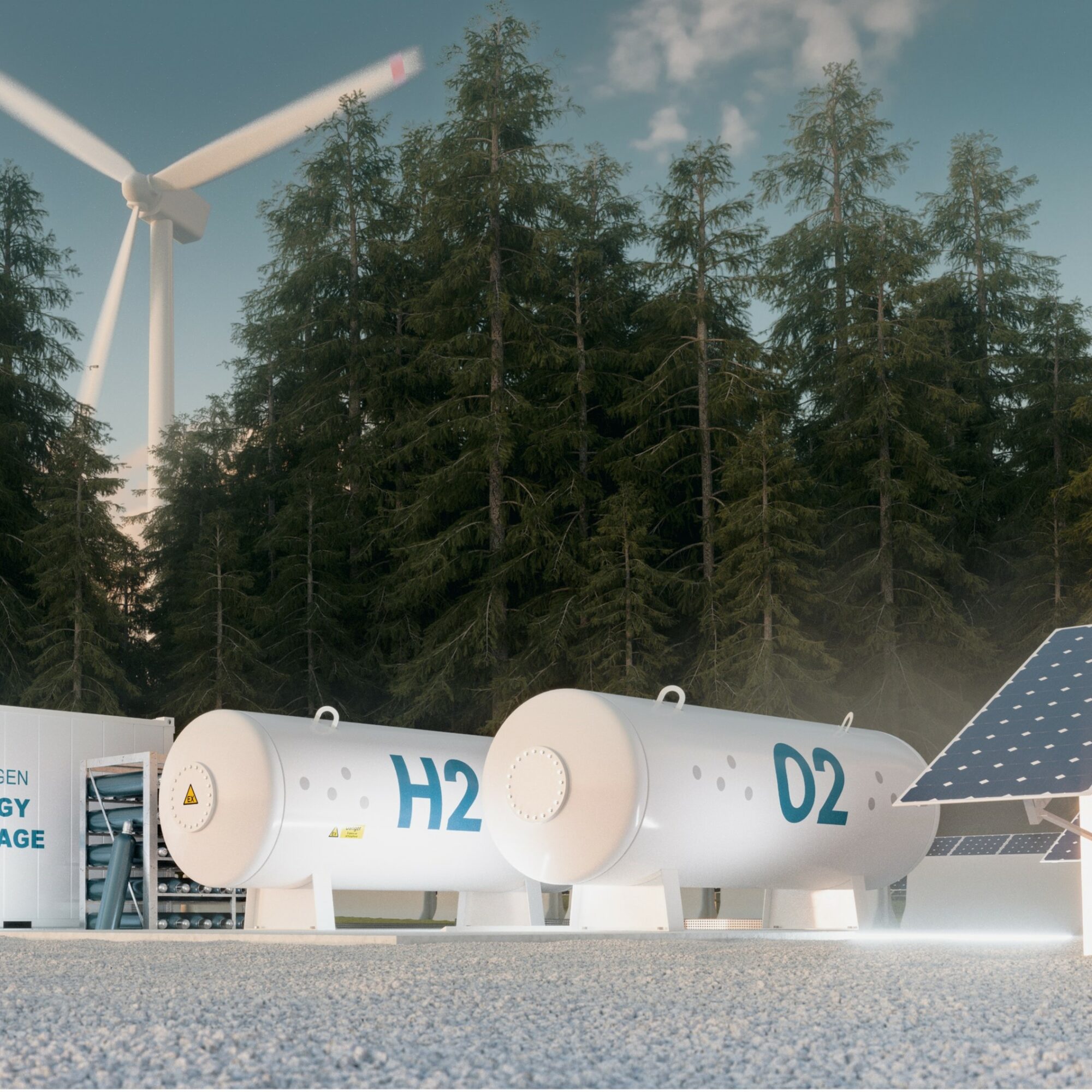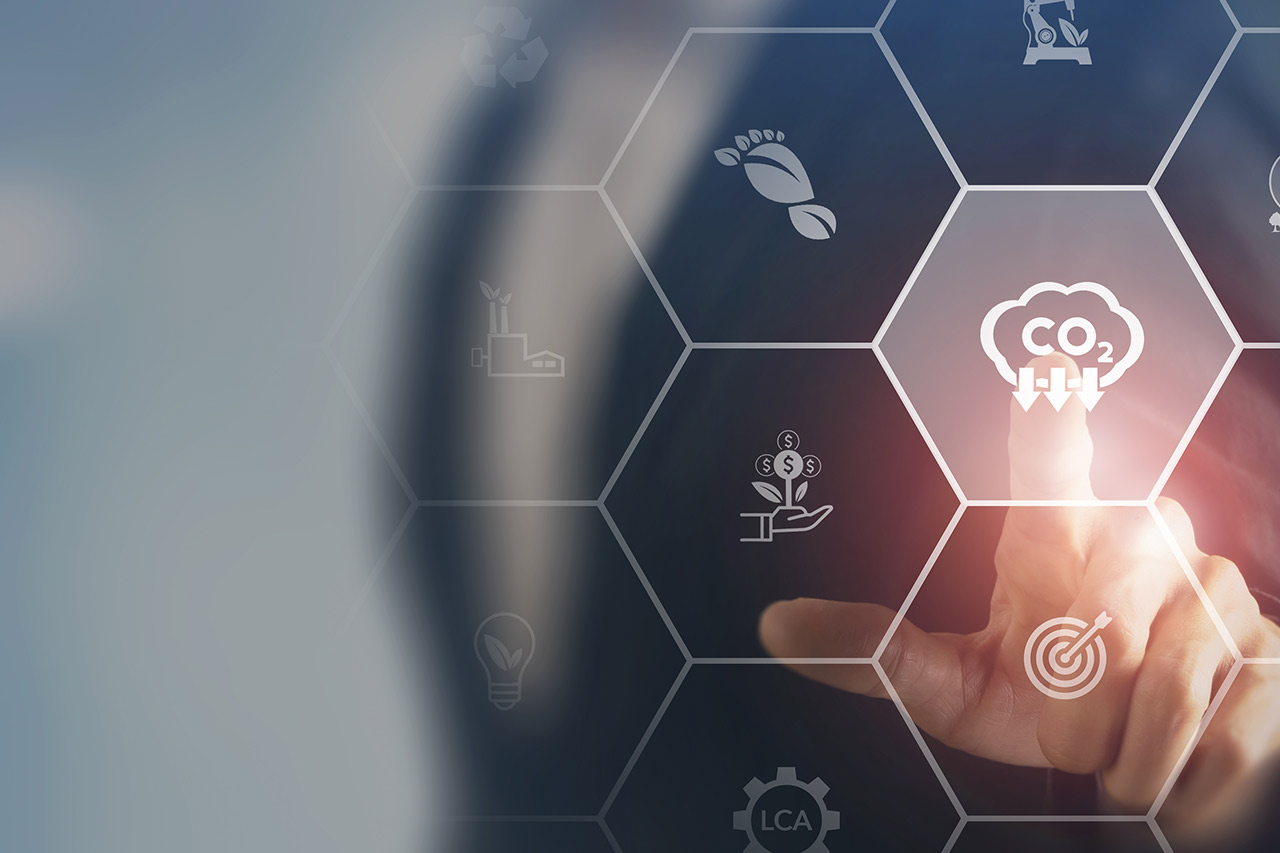Renewables gases: from biogas to biomethane
In France, according to the 7th edition of the ” Renewable Gas Panorama “, nearly 30% of the renewable gas produced is recovered in the form of biomethane directly injected into the natural gas network, i.e. a total of 0.92% of what we consume.

Biomethane results from the purification of so-called biogas. Biogas is mainly produced from the methanisation of organic matter, which may come from agricultural residues, household waste or livestock effluents. Once harvested, the organic matter is introduced into an anaerobic digestor where it undergoes fermentation for 1 to 3 weeks. This anaerobic digestion process produces biogas which can be directly recovered as heat or electricity. In order to be injected into the natural gas network, it must undergo purification, which consists of removing the sulphur and carbon species, thus obtaining biomethane.
In recent years, the sector has benefited from a large amount of funding from the French government as well as from Europe, which, according to the European Banking Authority, will enable a total of 992 biomethane production units to be installed in Europe by 2021. Germany is currently the uncontested leader in biomethane, but France is progressing rapidly and will undoubtedly catch up with a 71% increase in the number of biomethane injection units in 2021 alone (source: ODRe).
What about other renewable gases?
In addition to biomethane, other renewable gases are tending to occupy a growing place on the market. One example is bio LPG (Liquefied Petroleum Gas), mainly created as a co-product of biodiesel and already offered by distribution companies such as Primagaz. The Netherlands is currently the largest producer thanks to the refining giant Neste.
Another renewable gas that has come onto the market in 2021 as an additional alternative to decarbonise our uses, particularly transport, is rDME (renewable dimethyl ether). The American company Oberon Fuels is currently the only company to offer this alternative fuel on an industrial scale and intends to accelerate the use of rDME by joining forces with SHV Energy, the world’s leading gas distributor.
Learn more about our experience in low-carbon strategies >
Barriers in the biogas sector
Although anaerobic digestion is a good immediate way to produce green gas, the sector will have to pay particular attention to the following points:
- The source of the biomass: Despite a lower energy yield, biomethane must absolutely come from residues or waste and not from food crops reserved for energy production. Otherwise, it would be difficult to speak of a circular economy. In contrast to France, Germany produces more than half of its biomethane from maize crops, which has given rise to much debate.
- The low availability of raw materials: As raw materials are mainly sourced from the agricultural sector, anaerobic digestion plants will have to become more widespread in the sector as an energy tool, and they will have to be strategically located to minimise the distance to be covered by the inputs.
- Maintenance of methanisation plants: Some outdated or poorly maintained installations can lead to air or soil pollution. This was the case in Finistère in 2020, where the region’s drinking water was contaminated by methanisation residues.
The renewable gas sector is booming and constitutes an important lever for decarbonisation. However, is a 100% renewable gas mix by 2050 possible? Yes, according to ADEME, which has attempted to answer this question by using the potential of renewable resources solely from the production of biomethane and by assessing the technical and economic feasibility of such a project. If you also wish to know or deepen the potential of renewable gases for your activities, Alcimed is there to support you!
About the author,
Mai-Xuân, Consultant in Alcimed’s Energy, Environment & Mobility team in France
